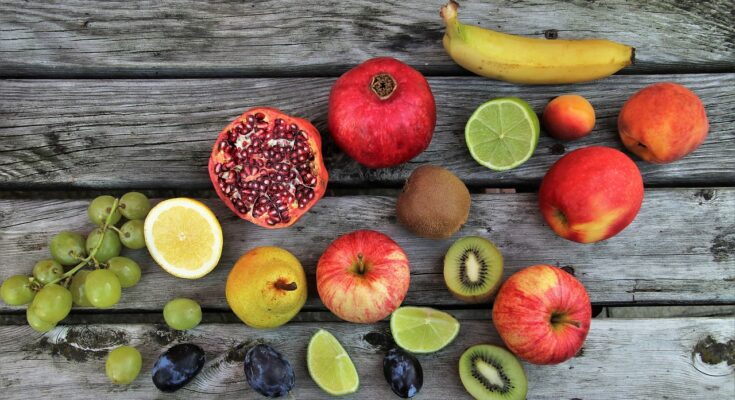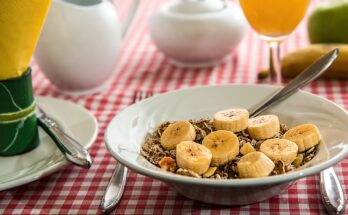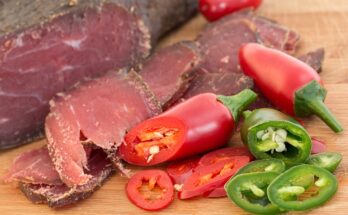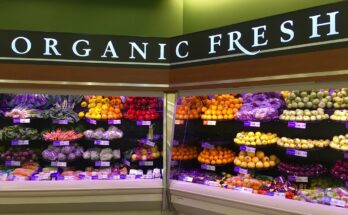Welcome to your guide to food processing for different food groups! In this article, we will explore the various techniques used to preserve nutrients, enhance flavor, and ensure safety and quality in the processing of fruits and vegetables, grains and cereals, dairy products, meat and poultry, as well as legumes and nuts. By understanding these techniques, you will be able to make informed decisions about the foods you consume and how they are processed.
When it comes to fruits and vegetables, we will delve into methods that help preserve their nutritional value while enhancing their taste.
For grains and cereals, we will discuss milling, grinding, and fortification processes that contribute to their texture and nutritional content.
In the realm of dairy products, we will explore the importance of pasteurization and fermentation for both safety and flavor.
When it comes to meat and poultry, we will uncover the processing techniques necessary to ensure their safety and quality.
Lastly, we will look into soaking, sprouting, and roasting techniques for legumes and nuts.
So, whether you’re a cooking enthusiast, a health-conscious individual, or simply curious about food processing, this guide will provide you with valuable insights and knowledge. Let’s dive in and discover the wonderful world of food processing together!
Fruits and Vegetables: Preserving Nutrients and Enhancing Flavor
Now that you’ve learned about preserving nutrients and enhancing flavor, let’s dive into some exciting ways to make your fruits and vegetables even more delicious!
When it comes to processing fruits and vegetables, there are several techniques you can use. One popular method is canning, which involves sealing fruits and vegetables in jars to extend their shelf life.
Another option is freezing, which helps to lock in nutrients and maintain the flavor of the produce.
You can also try pickling, which adds a tangy and flavorful twist to your fruits and vegetables.
For those who prefer a crunchy texture, dehydrating is a great option. This method removes the moisture from the produce, resulting in a crispy and tasty snack.
Whichever method you choose, remember to always use fresh and high-quality produce for the best results.
Grains and Cereals: Milling, Grinding, and Fortification
Discover the art of milling, grinding, and fortifying grains and cereals to unlock their full potential.
When it comes to grains and cereals, processing plays a crucial role in enhancing their nutritional value and making them more versatile for various culinary creations.
Milling involves grinding whole grains into flour, which not only increases their shelf life but also helps retain their natural nutrients.
Grinding, on the other hand, breaks down grains into smaller particles, making them easier to cook and digest.
Fortification is the process of adding essential vitamins and minerals to grains, ensuring that they provide a well-rounded source of nutrition.
So, whether you’re baking bread, making pasta, or enjoying a bowl of cereal, understanding the techniques of milling, grinding, and fortification can help you make the most of your grains and cereals.
Dairy Products: Pasteurization and Fermentation
Explore the transformative processes of pasteurization and fermentation to unlock the hidden potential of dairy products, allowing you to savor their rich flavors and reap the benefits of their probiotic goodness.
Pasteurization is a crucial step in the dairy industry, where milk is heated to eliminate harmful bacteria and extend its shelf life. This process not only ensures the safety of the product but also maintains its nutritional value.
On the other hand, fermentation is a natural process that adds a tangy and creamy taste to dairy products like yogurt and cheese. During fermentation, live bacteria convert the lactose in milk into lactic acid, giving these products their unique flavor and texture. Additionally, fermentation enhances the probiotic content of dairy, which promotes a healthy gut and strengthens the immune system.
So, embrace these processes and indulge in the delightful world of pasteurized and fermented dairy products.
Meat and Poultry: Processing Techniques for Safety and Quality
Let’s dive into the fascinating world of meat and poultry processing techniques, where safety and quality are prioritized to ensure our favorite protein sources are both delicious and nourishing.
When it comes to meat and poultry processing, there are several techniques employed to maintain the safety and quality of the products. One common technique is called deboning, where bones are removed from the meat to make it more convenient for consumption.
Another important technique is called marination, which involves soaking the meat in a flavorful mixture to enhance its taste and tenderness.
Additionally, meat and poultry products often undergo smoking, curing, or drying processes to preserve them and extend their shelf life. These techniques, along with strict hygiene practices and temperature control, play a crucial role in ensuring that the meat and poultry we consume are safe, tasty, and of the highest quality.
Legumes and Nuts: Soaking, Sprouting, and Roasting
Legumes and nuts can be transformed into even more delicious and nutritious snacks through simple techniques like soaking, sprouting, and roasting.
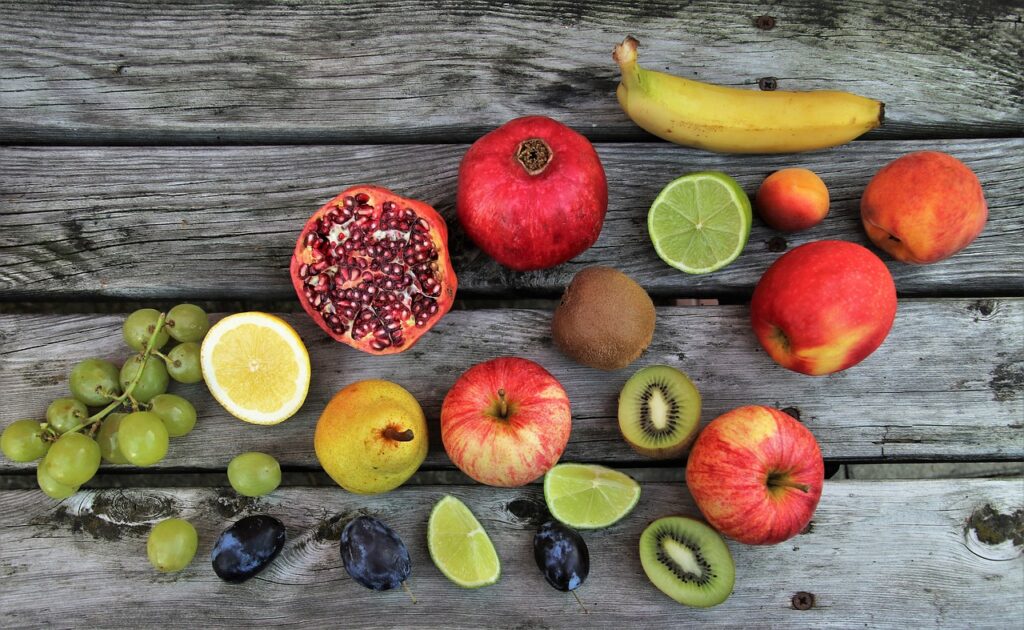
Soaking legumes and nuts in water helps to soften them and reduce cooking time. It also helps to remove some of the anti-nutrients present in them, making them easier to digest and increasing their nutrient availability.
Sprouting, on the other hand, involves soaking the legumes or nuts and allowing them to germinate. This process enhances their nutritional profile by increasing the levels of vitamins, minerals, and enzymes.
Roasting legumes and nuts not only adds a delicious flavor but also enhances their texture. It also helps to remove any residual moisture, thereby increasing their shelf life.
So, whether you want a crunchy snack or a nutritious meal, try these simple techniques to elevate the taste and health benefits of legumes and nuts.
Conclusion
In conclusion, you now have a comprehensive guide to food processing for different food groups.
By preserving nutrients and enhancing flavor in fruits and vegetables, milling, grinding, and fortifying grains and cereals, pasteurizing and fermenting dairy products, and employing processing techniques for safety and quality in meat and poultry, and soaking, sprouting, and roasting legumes and nuts, you can ensure that your food is both delicious and nutritious.
So go ahead, put your newfound knowledge to use and enjoy the benefits of well-processed food!

